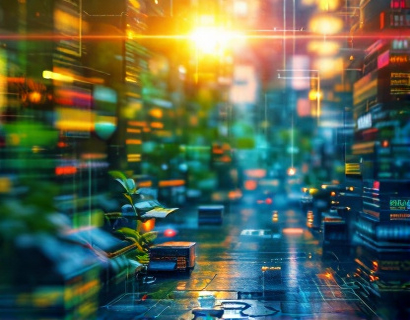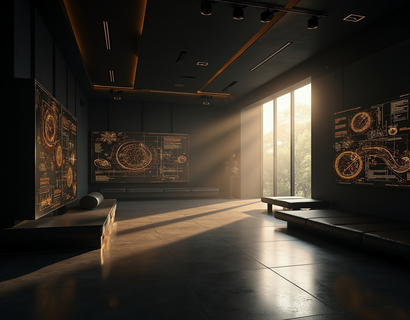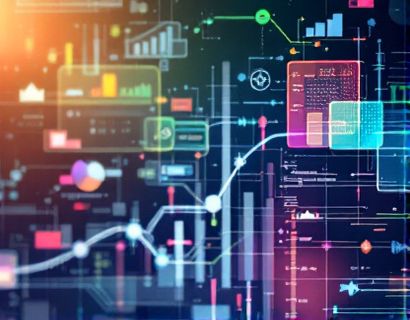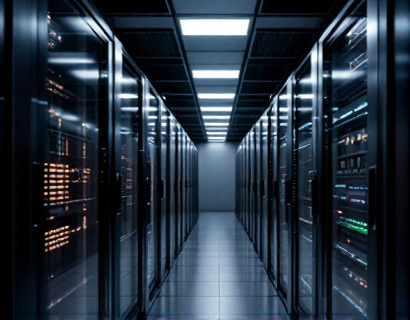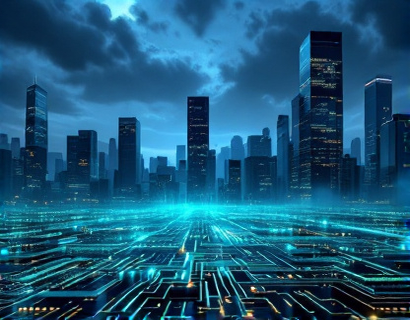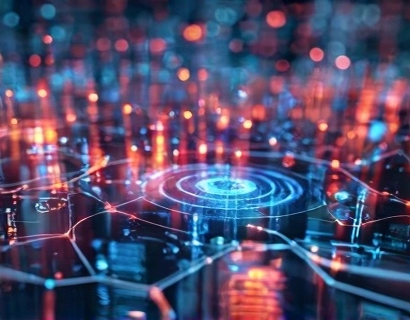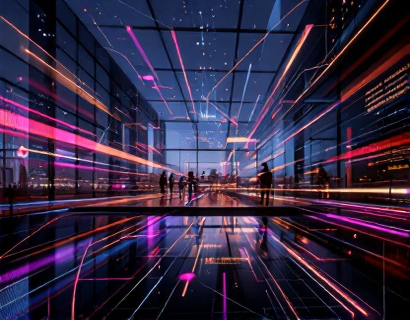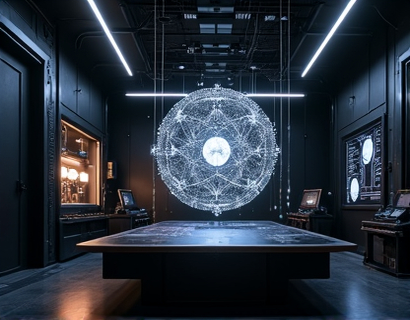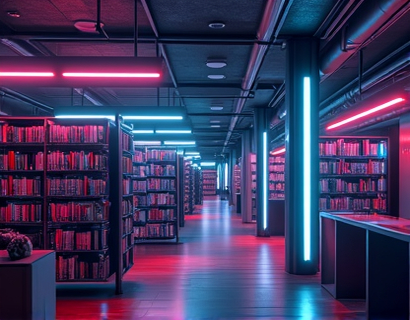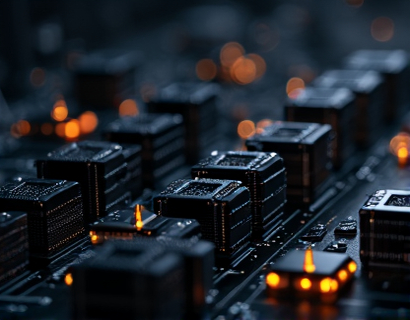Maximizing Your Indoor Garden: Cutting-Edge Tech for Optimal Plant Growth and Sustainability
In the modern era, indoor gardening has evolved from a hobby into a sophisticated practice, thanks to advancements in technology. The integration of cutting-edge tech in indoor gardening not only enhances the aesthetic appeal of your space but also ensures optimal plant growth and sustainability. This article delves into the transformative power of advanced technology in creating a thriving indoor ecosystem, tailored to meet the unique needs of every gardening enthusiast.
Understanding the Basics of Indoor Gardening Technology
Indoor gardening technology encompasses a range of tools and systems designed to optimize the growing conditions for plants. These technologies focus on three primary factors: light, climate, and automation. Each plays a crucial role in creating an environment that mimics natural conditions, thereby promoting healthy plant growth.
Light is fundamental for photosynthesis, the process by which plants convert light energy into chemical energy. Traditional indoor gardens often struggle with providing adequate light, especially in regions with limited natural sunlight. Advanced LED grow lights have revolutionized this aspect, offering spectrums tailored to different stages of plant growth. These lights are energy-efficient, produce minimal heat, and can be customized to provide the exact light conditions your plants need.
Optimizing Light for Plant Growth
The quality and quantity of light are critical for plant health. Different plants require different light intensities and spectrums. For instance, seedlings and leafy greens thrive under blue light, while flowering plants benefit from red light. Modern LED grow lights can simulate these spectrums, ensuring that your plants receive the optimal light for their specific needs.
Moreover, these lights are designed to be adjustable, allowing you to modify the light duration and intensity as your plants grow. This flexibility is crucial for plants that require varying light conditions at different stages of their lifecycle. By using smart lighting systems, you can automate these adjustments, saving time and ensuring consistent growth.
Climate Control: The Heart of Indoor Gardening
Climate control is another pivotal aspect of indoor gardening technology. Maintaining the right temperature, humidity, and air circulation is essential for plant health. Advanced climate control systems use sensors and automated mechanisms to monitor and adjust these conditions in real-time.
Temperature is a key factor affecting plant metabolism and growth. Most indoor plants prefer a temperature range between 65°F and 75°F (18°C to 24°C). However, some plants may require slightly cooler or warmer conditions. Climate control systems can maintain this optimal range, ensuring that your plants remain healthy and vigorous.
Humidity is equally important, as it affects water uptake and transpiration. Too little humidity can lead to dry leaves and stunted growth, while too much can promote fungal diseases. Advanced humidifiers and dehumidifiers integrated into climate control systems can maintain the ideal humidity levels, typically between 40% and 70% for most indoor plants.
Air circulation is crucial for preventing the buildup of stagnant air, which can lead to mold and mildew. Fans and air circulators ensure that fresh air is constantly moving, promoting healthy growth and reducing the risk of diseases. Smart systems can adjust fan speeds based on real-time data, providing optimal airflow without causing drafts.
Automation: The Future of Indoor Gardening
Automation is the cornerstone of modern indoor gardening technology. By integrating various systems—lighting, climate control, and irrigation—into a single, smart network, you can create a self-sustaining environment that requires minimal manual intervention. This not only saves time but also ensures that your plants receive the precise care they need at all times.
Smart controllers act as the brain of your indoor garden, coordinating all connected devices. These controllers can be programmed to follow specific schedules or respond to real-time data from sensors. For example, the system can automatically turn on the lights when natural light levels drop below a certain threshold or adjust the temperature and humidity based on the current conditions.
One of the most significant benefits of automation is the ability to monitor and manage your garden remotely. Through mobile apps, you can check the status of your indoor garden, receive alerts, and make adjustments from anywhere in the world. This level of control is particularly valuable for those with busy schedules or who travel frequently.
Customizable Solutions for Unique Needs
Every indoor garden is unique, with its own set of requirements based on the types of plants being grown, the available space, and personal preferences. Advanced technology allows for highly customizable setups that cater to these individual needs.
For instance, vertical gardening systems are ideal for small spaces, maximizing vertical area to grow more plants in a compact footprint. These systems can be tailored with different types of planters, irrigation methods, and lighting configurations to suit various plant species and aesthetic desires.
Hydroponic and aeroponic systems offer another level of customization, allowing for precise control over nutrient delivery and root environment. These soilless cultivation methods can significantly increase growth rates and yield while reducing water usage. Smart hydroponic systems can monitor nutrient levels and automatically adjust the solution, ensuring optimal plant health.
Sustainability in Indoor Gardening
Sustainability is a growing concern in all aspects of gardening, and indoor gardening is no exception. Advanced technology plays a vital role in making indoor gardens more eco-friendly.
Energy-efficient LED grow lights consume significantly less power compared to traditional lighting methods, reducing your carbon footprint. Additionally, many systems are designed to recycle water, minimizing waste. For example, recirculating hydroponic systems collect and filter water, using it multiple times before it's eventually discarded or recharged.
Moreover, indoor gardens can be set up to utilize renewable energy sources, such as solar panels, further reducing their environmental impact. By integrating these sustainable practices, you can enjoy a thriving indoor garden while contributing to a greener planet.
Transforming Your Space into a High-Tech Garden Haven
The combination of advanced lighting, climate control, and automation transforms your indoor space into a high-tech garden haven. The result is a lush, vibrant environment that not only beautifies your home or office but also provides fresh, homegrown produce year-round.
Imagine waking up to the sight of your plants thriving under perfectly calibrated LED lights, with the temperature and humidity just right, and the air fresh and clean. This is the future of indoor gardening, made possible by cutting-edge technology.
Whether you are a seasoned gardener or a beginner, the integration of advanced technology in your indoor garden can elevate your experience, ensuring optimal plant growth and sustainability. By embracing these innovations, you can create a thriving indoor ecosystem that meets your unique needs and enhances your living space.




